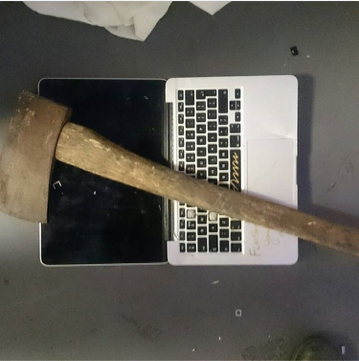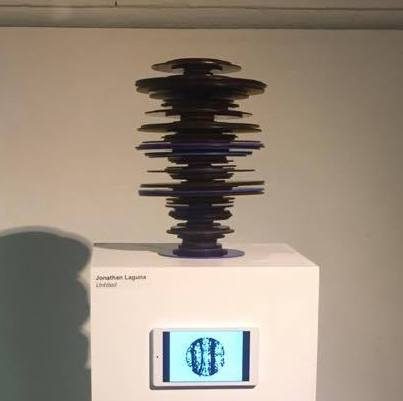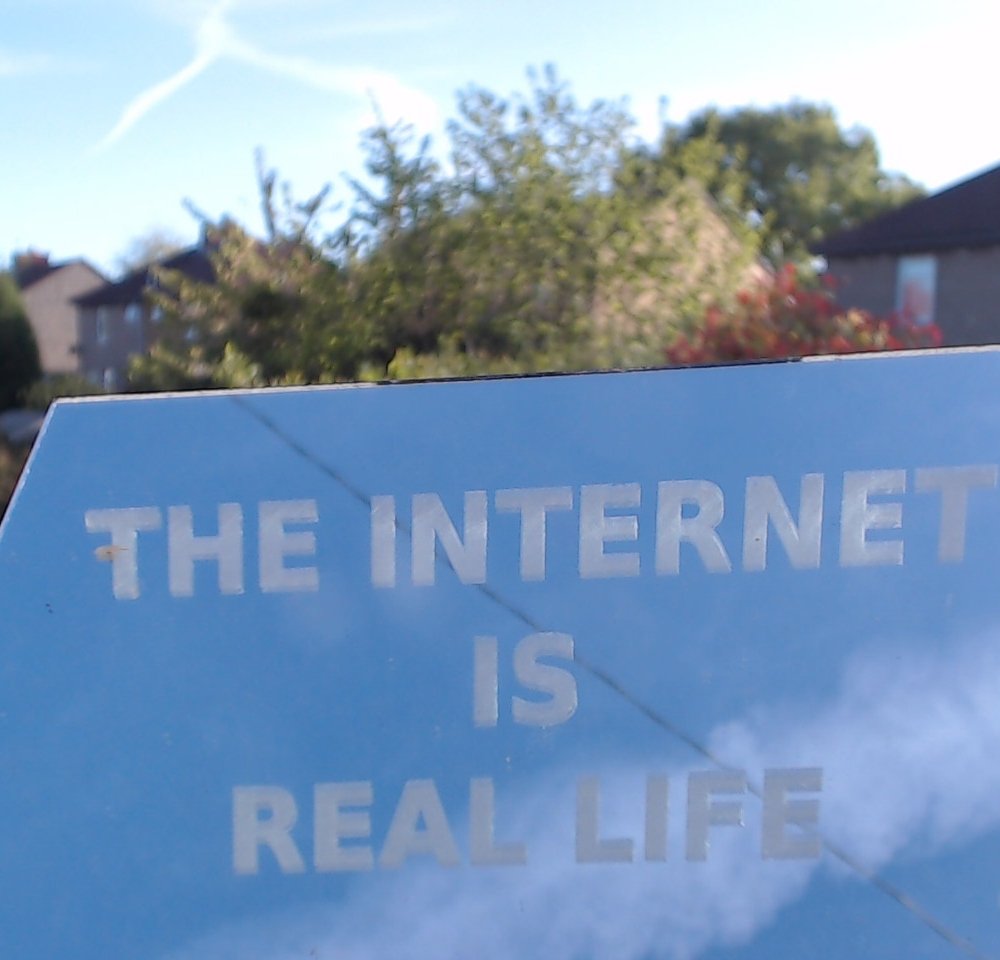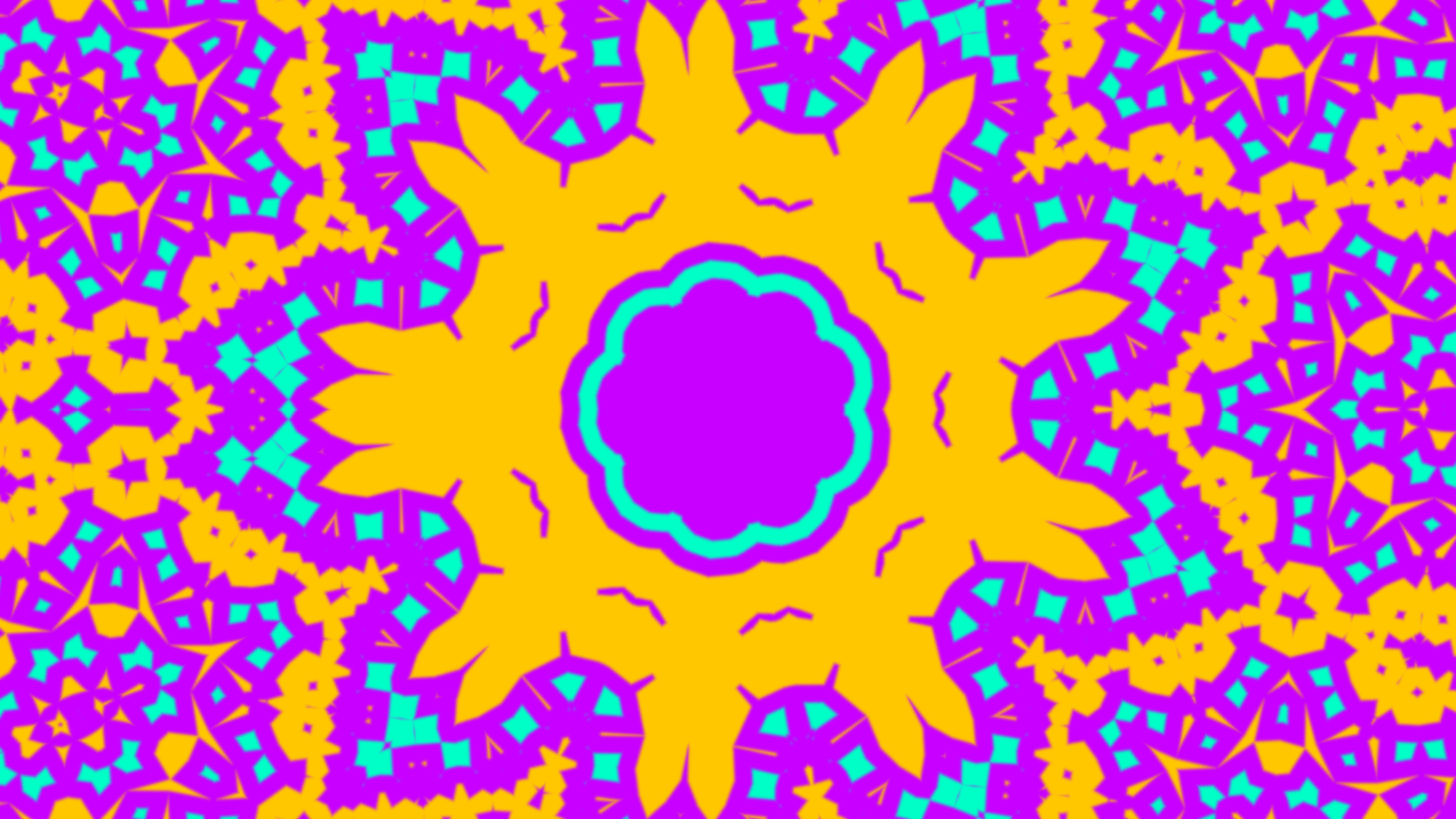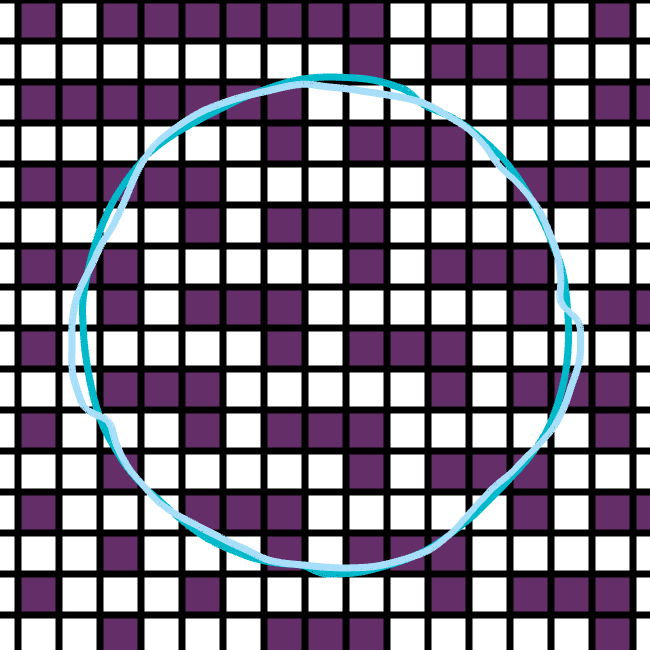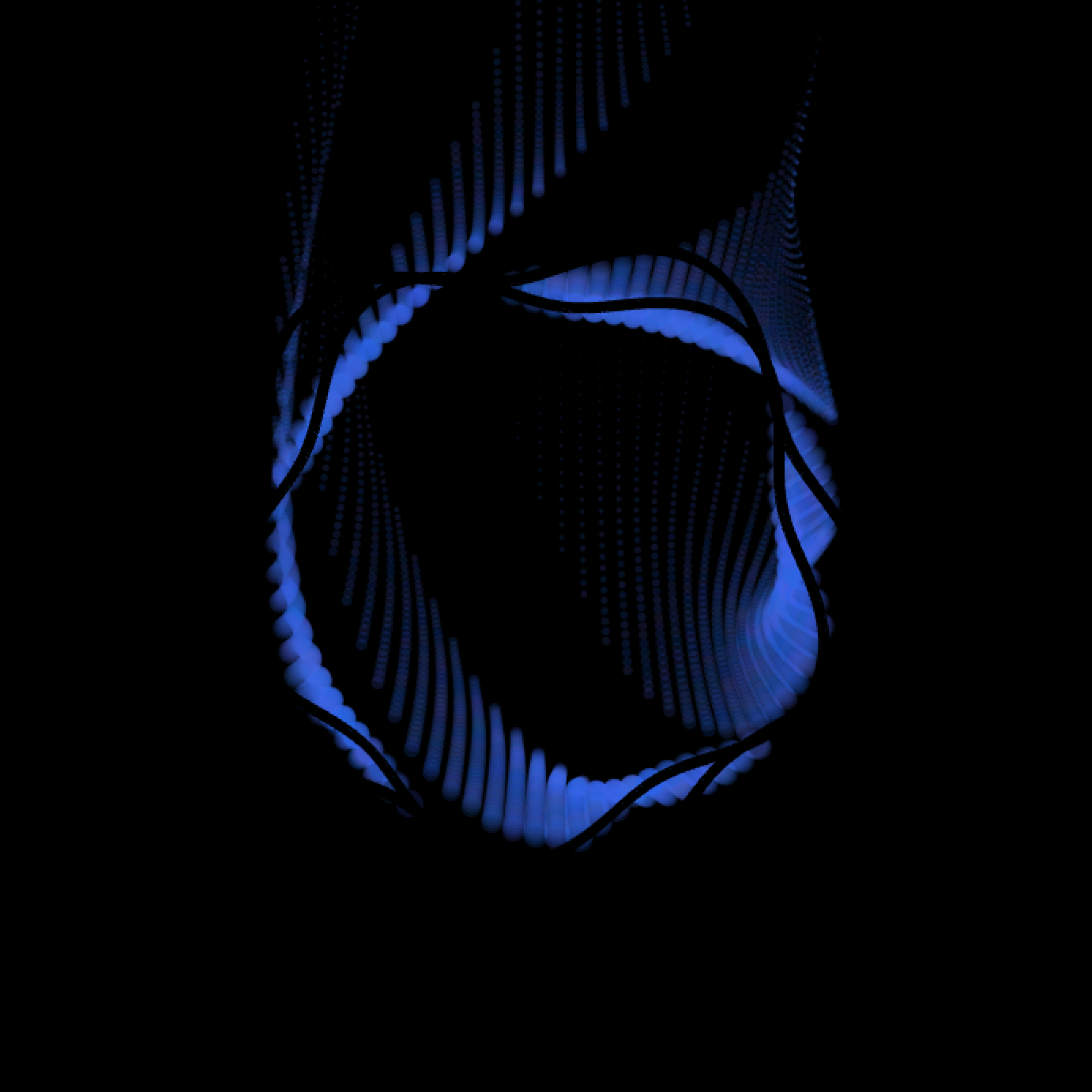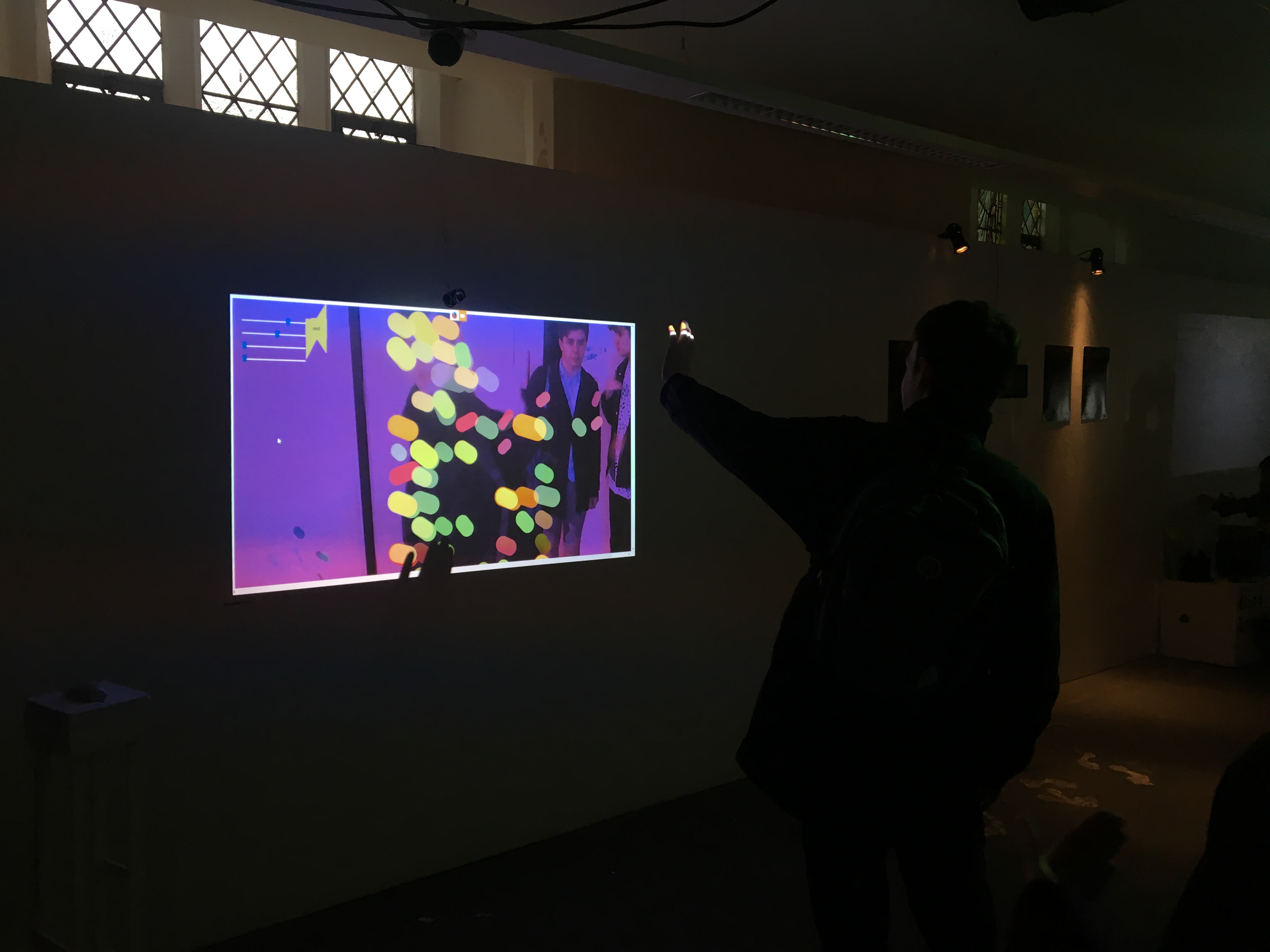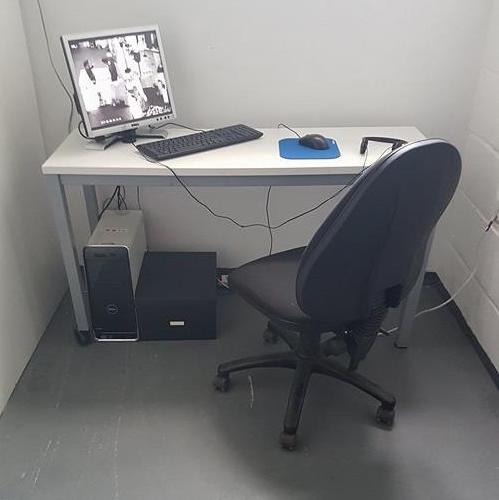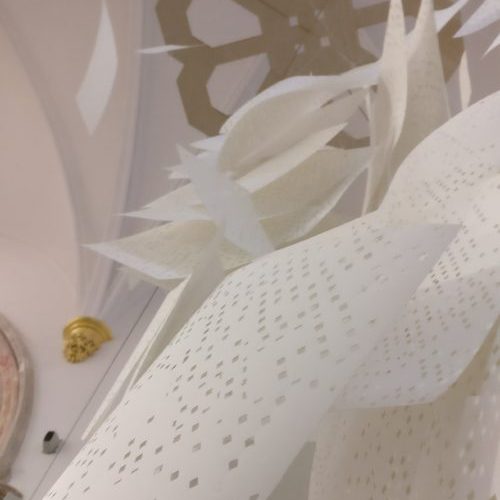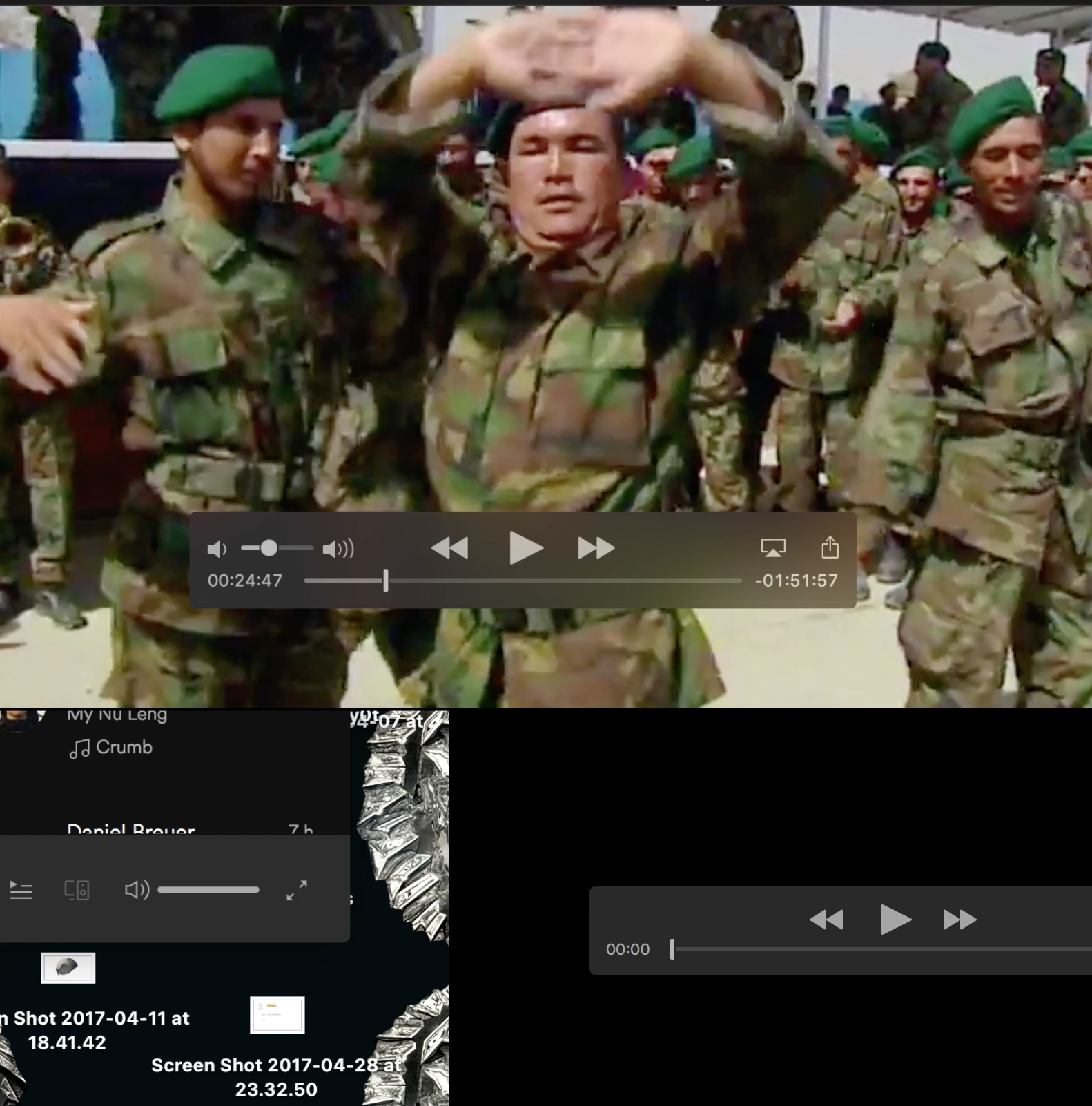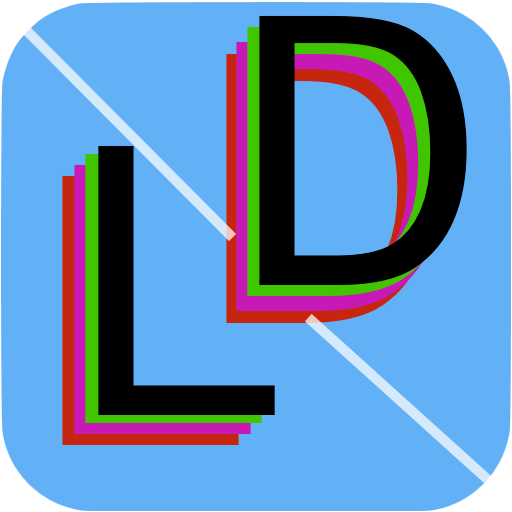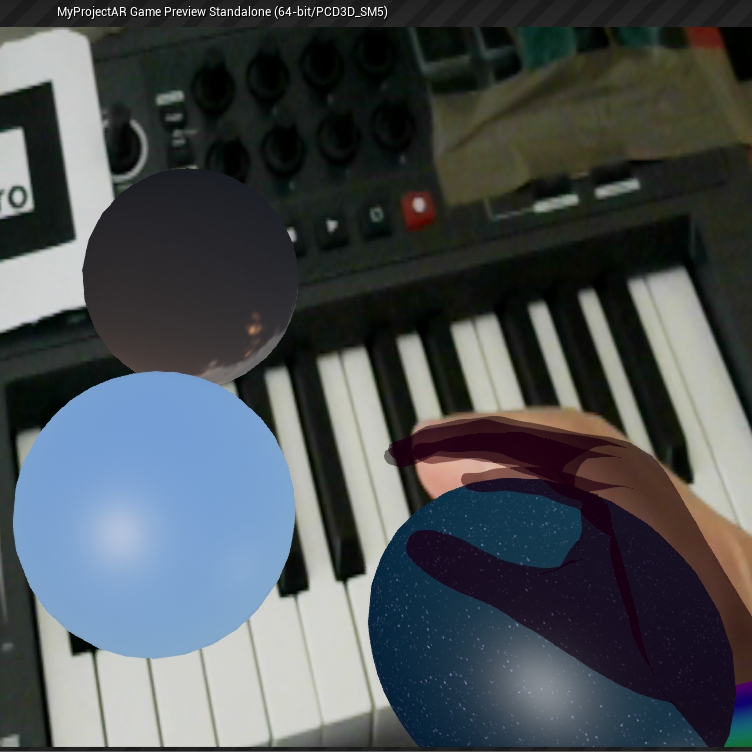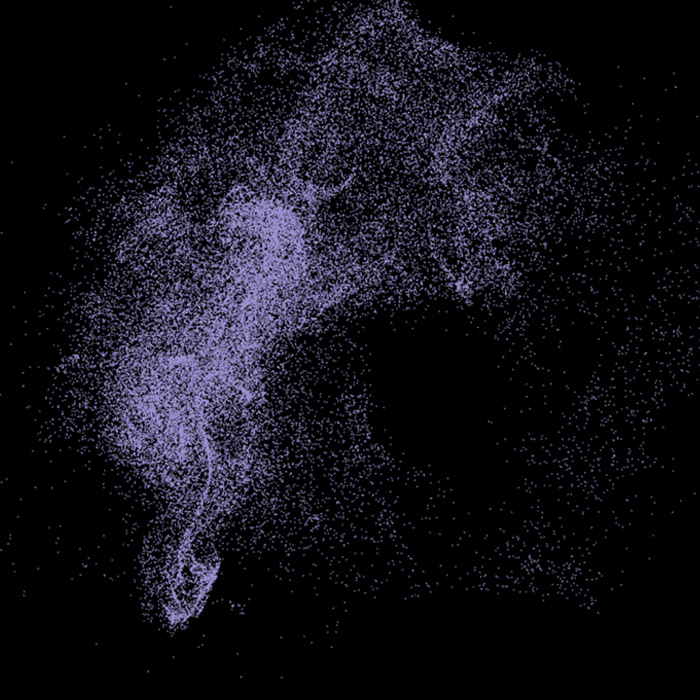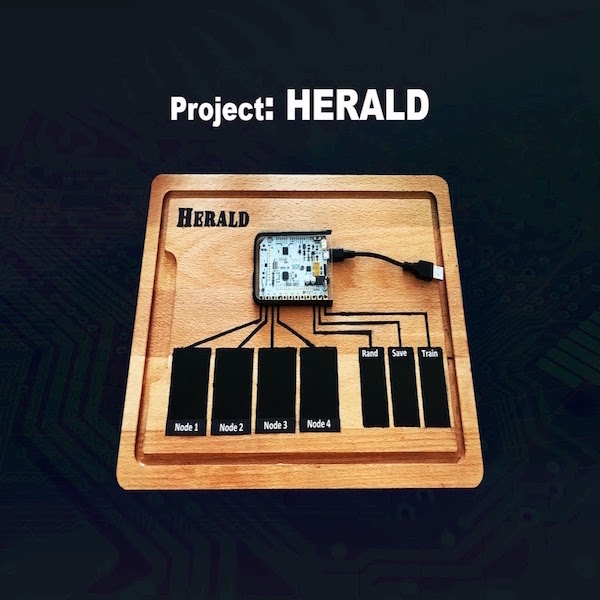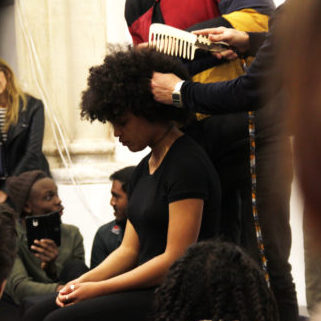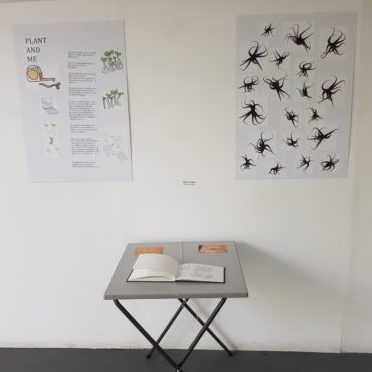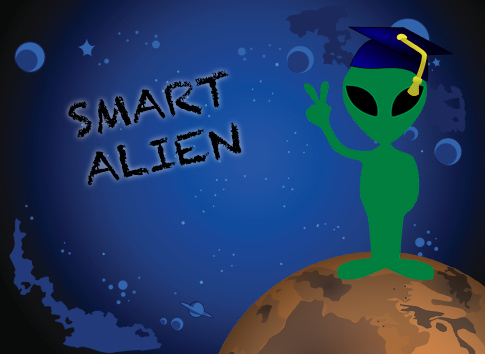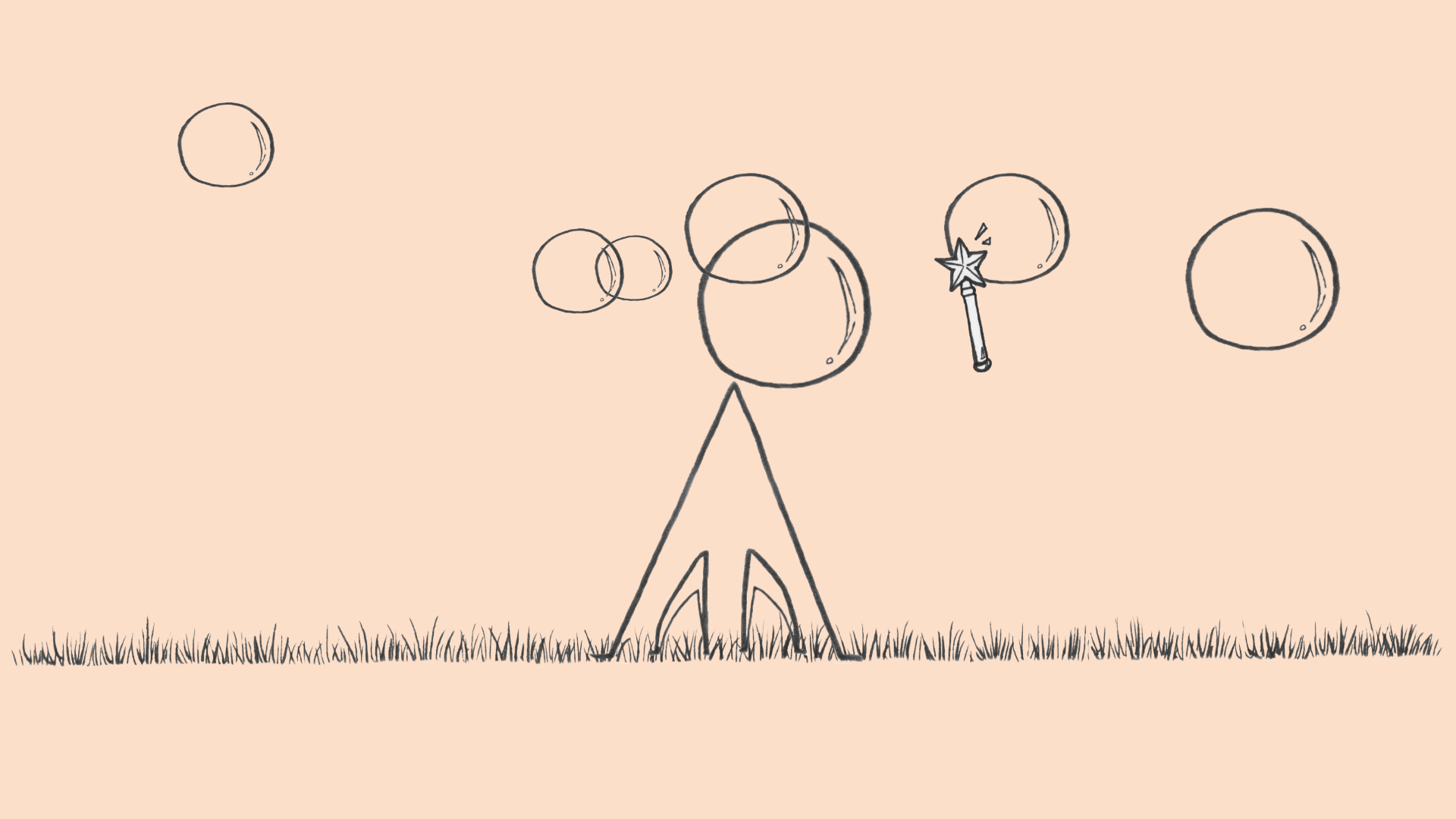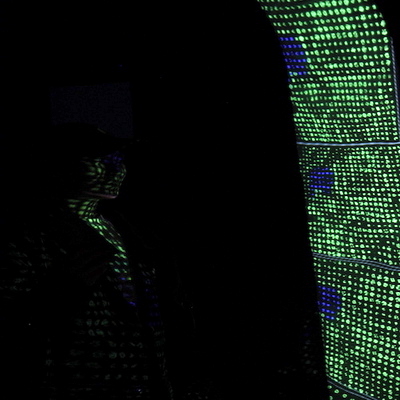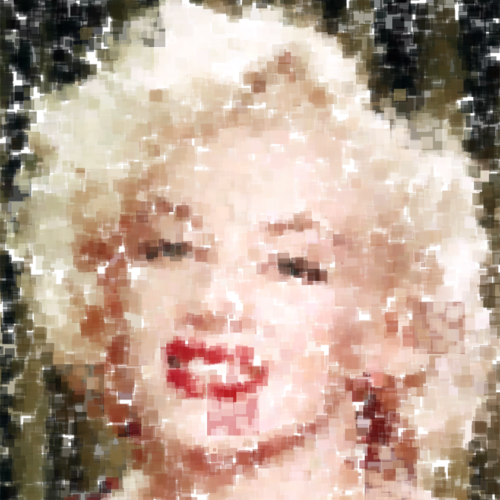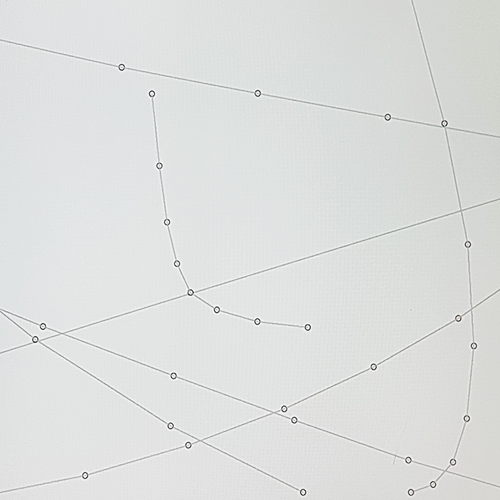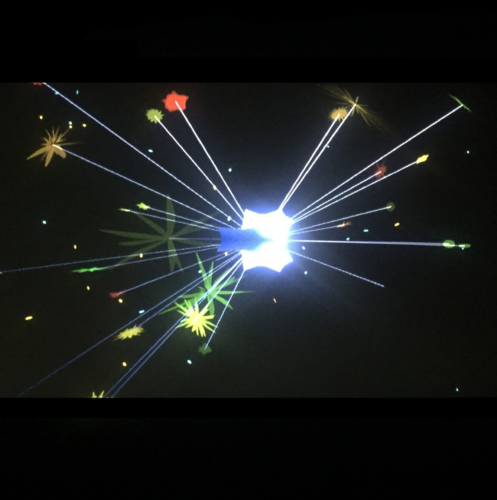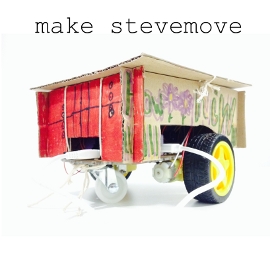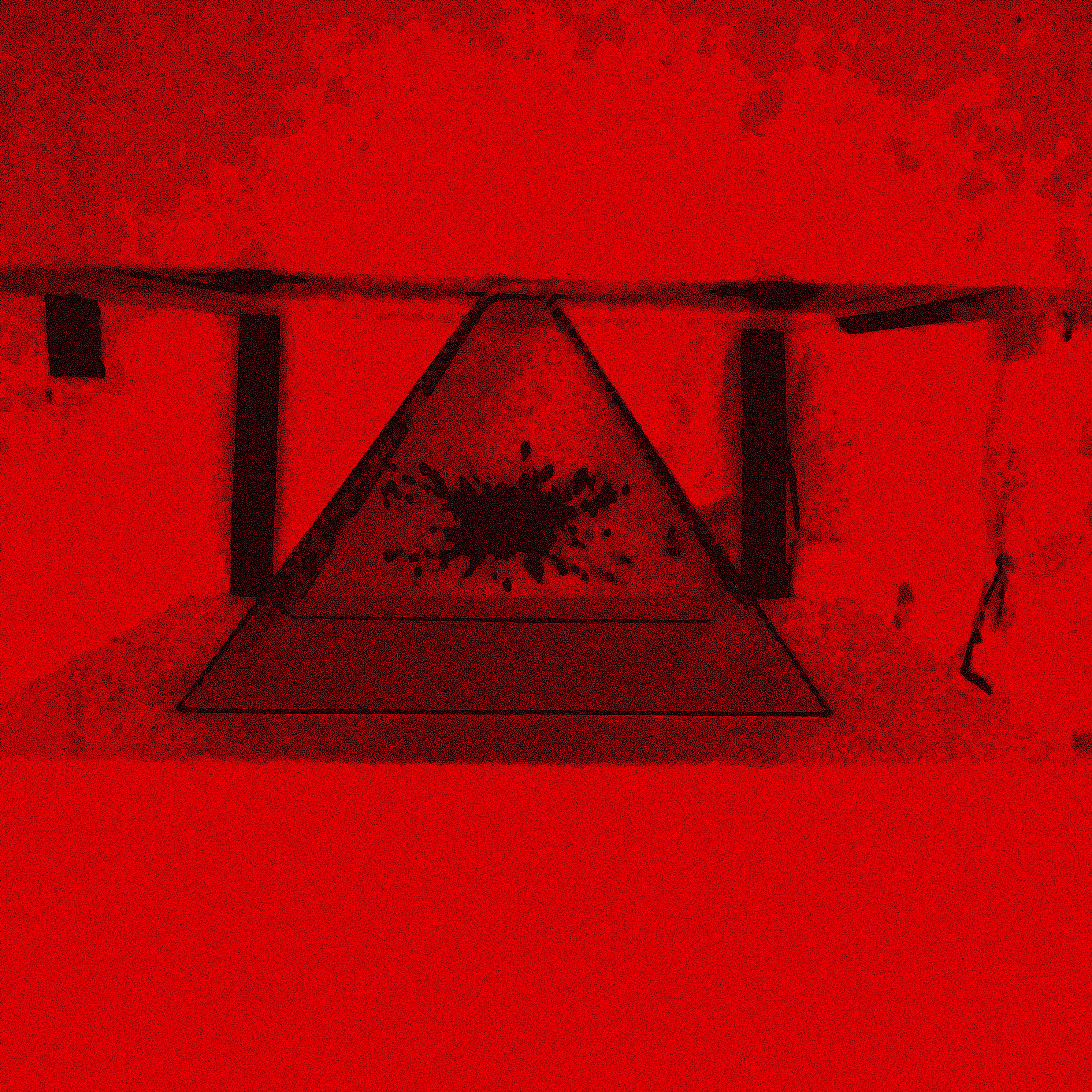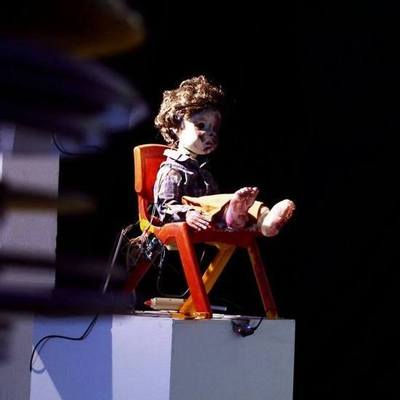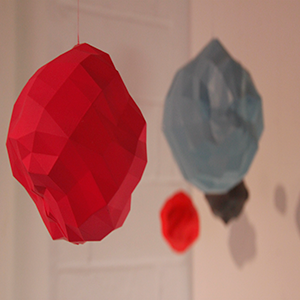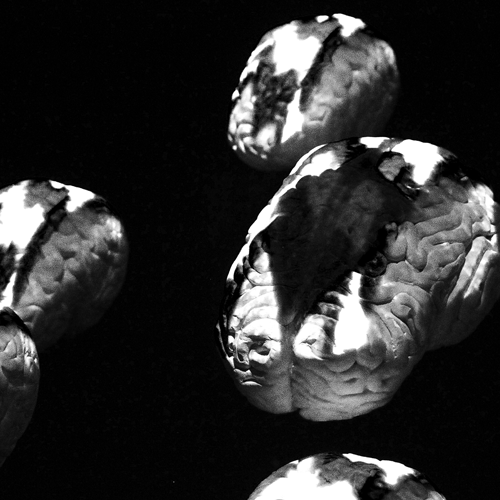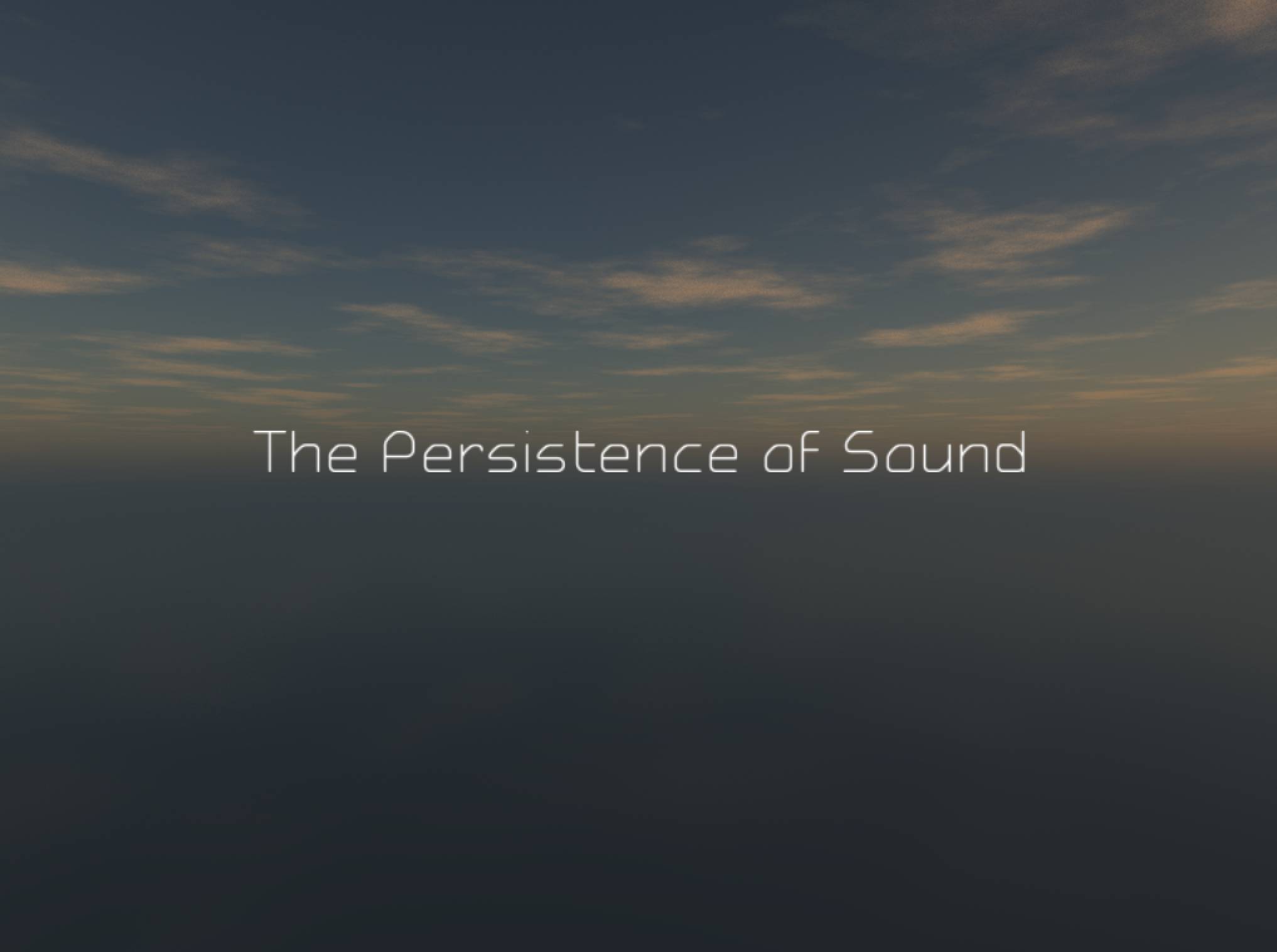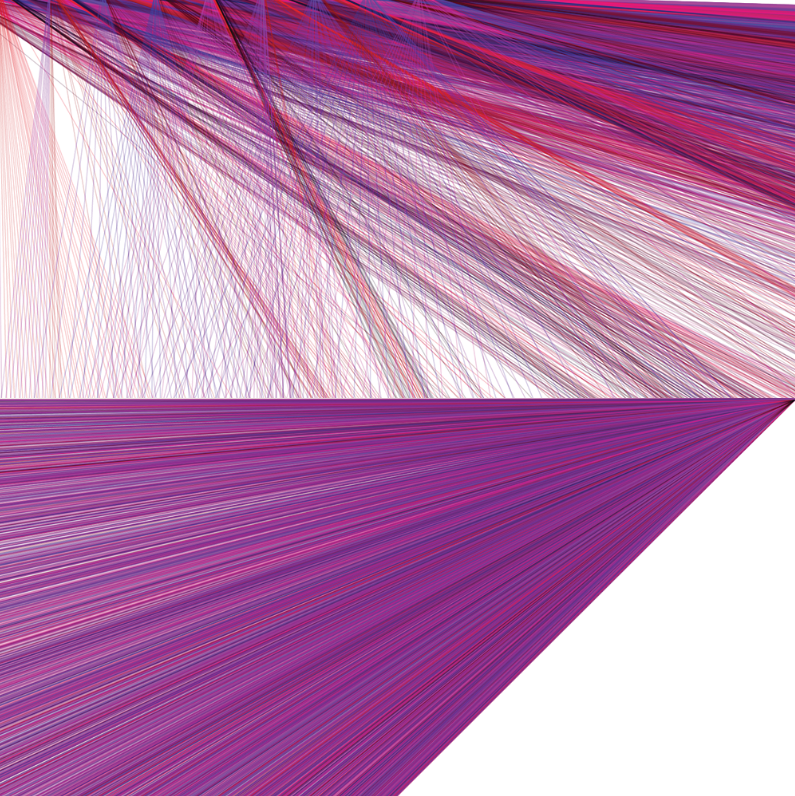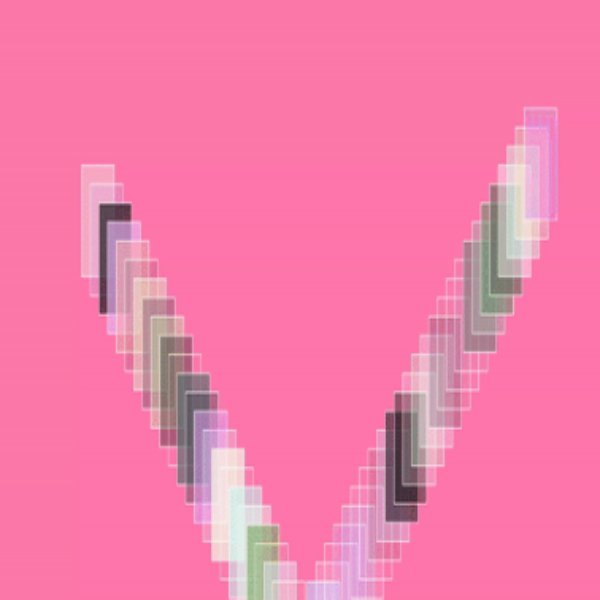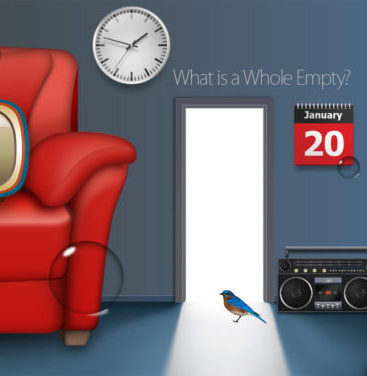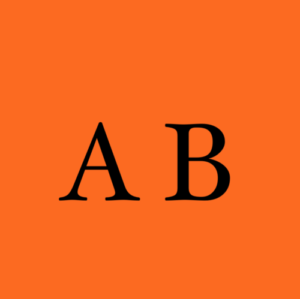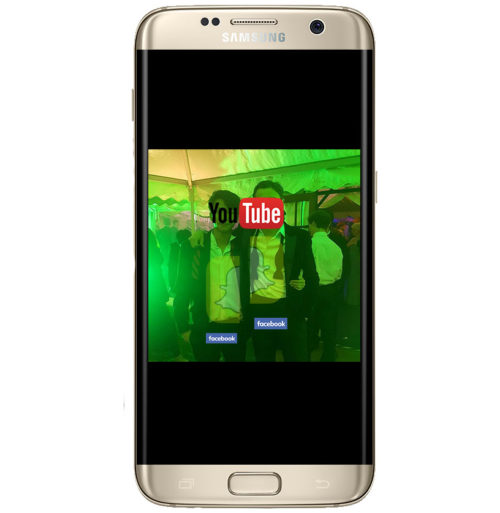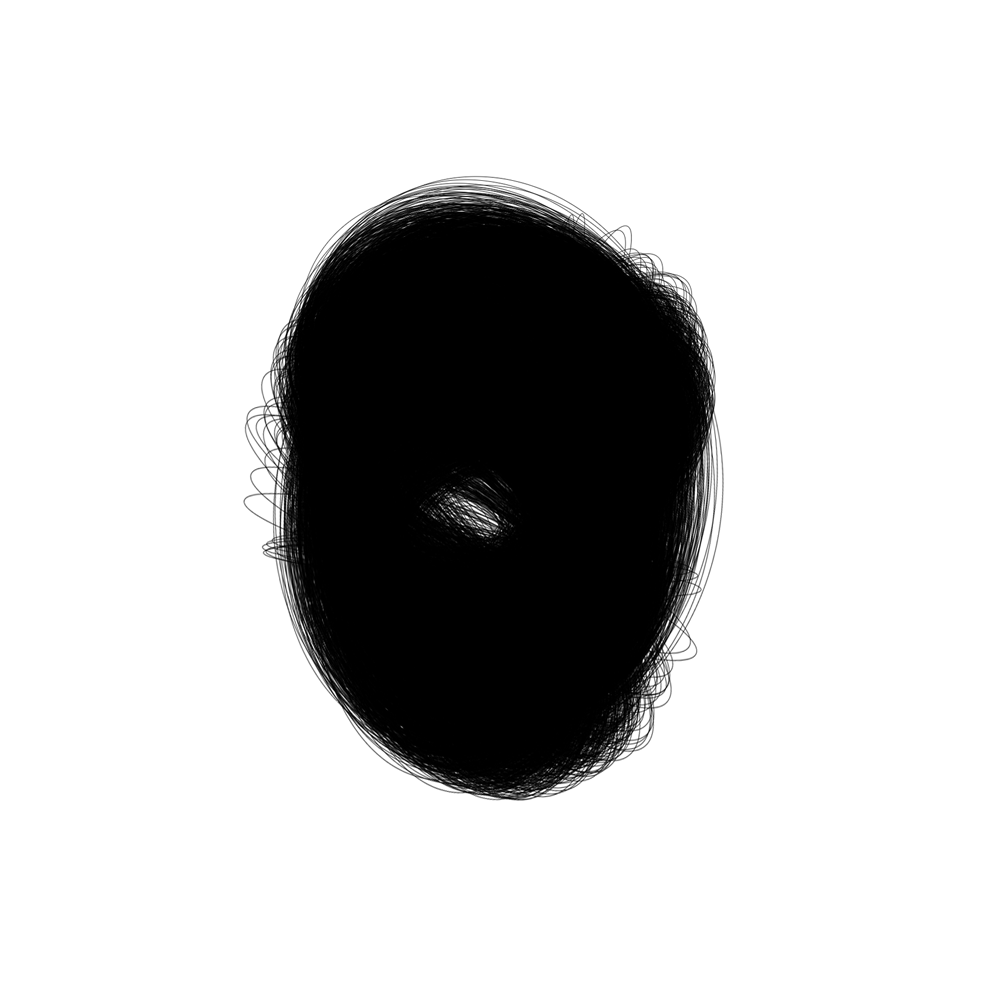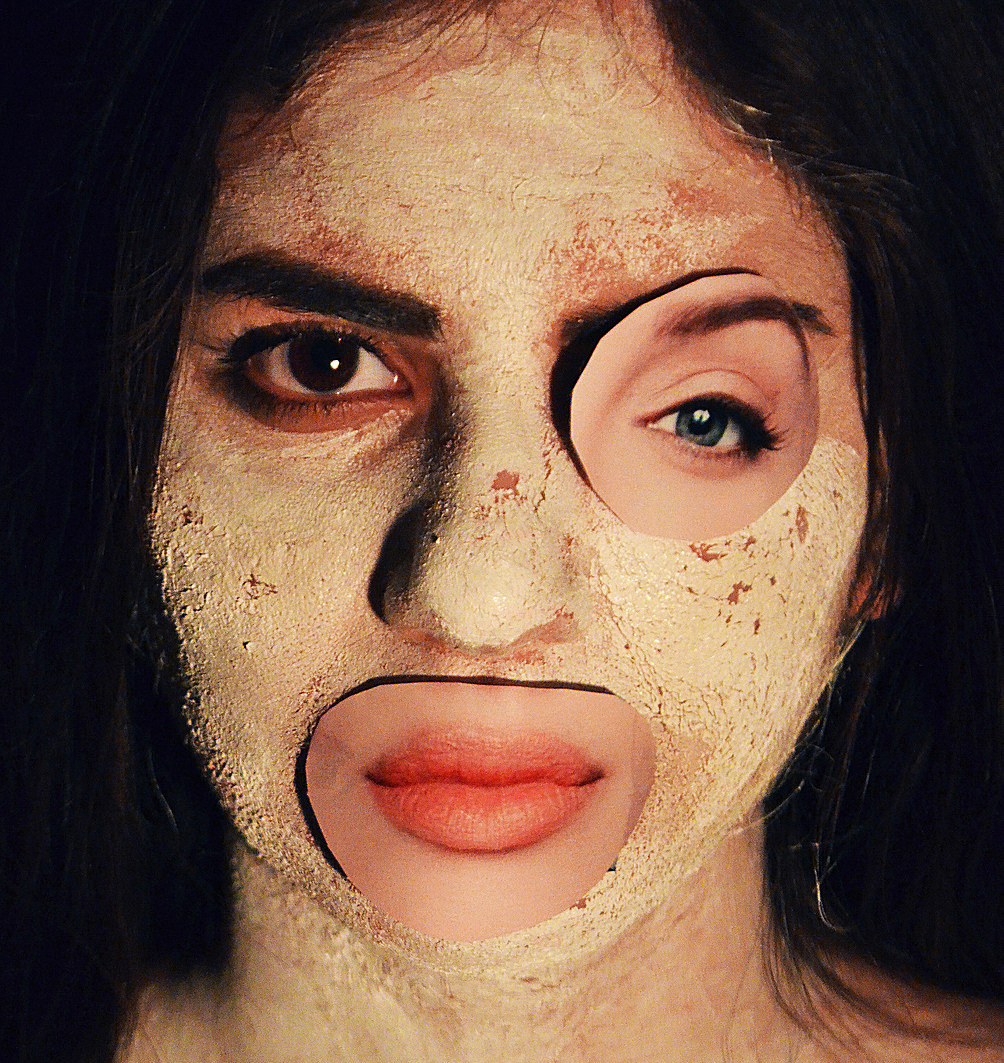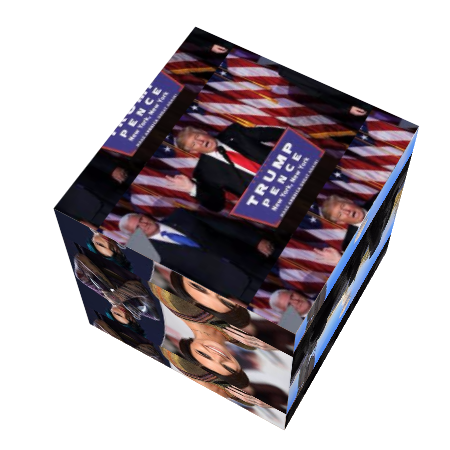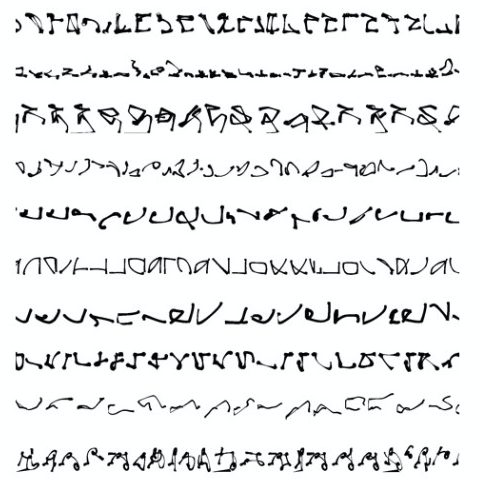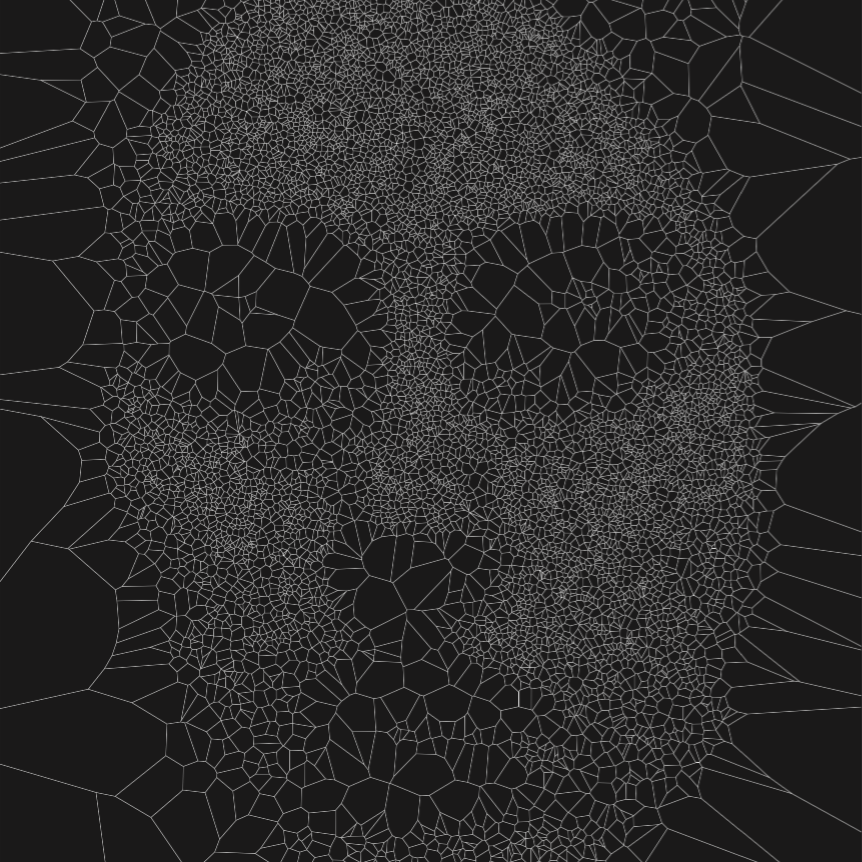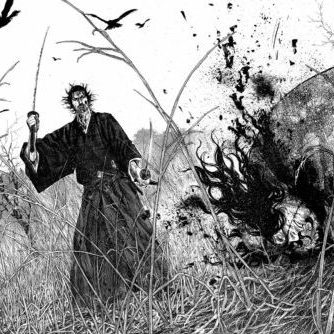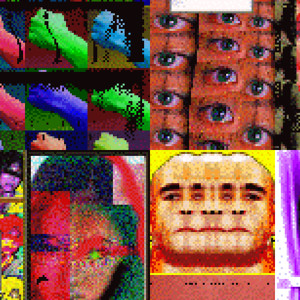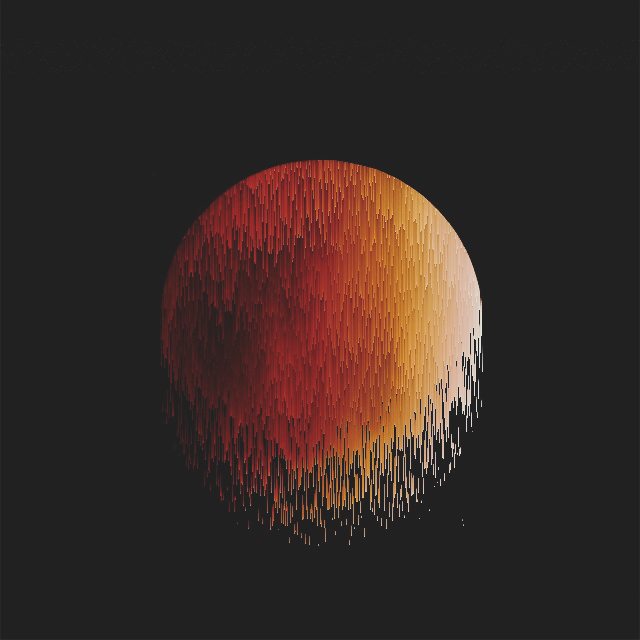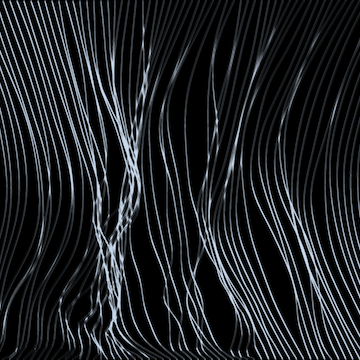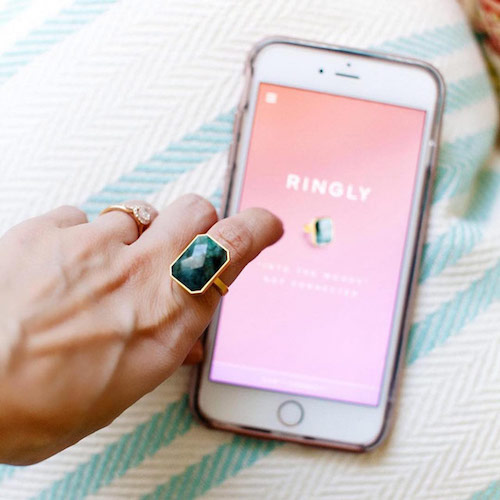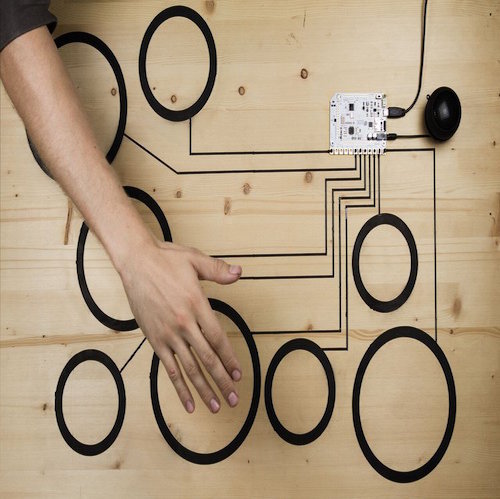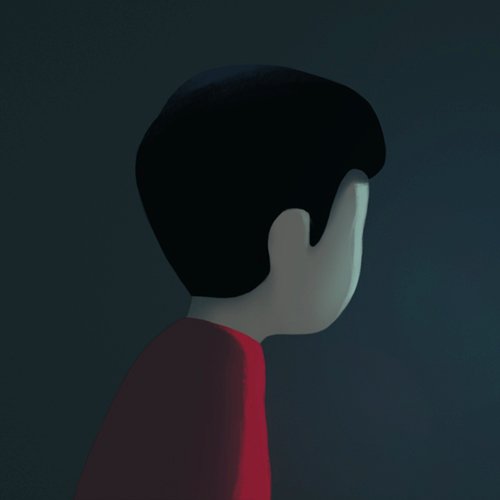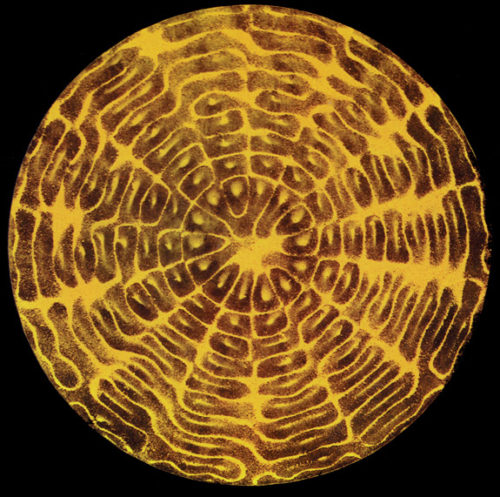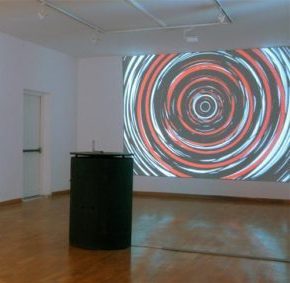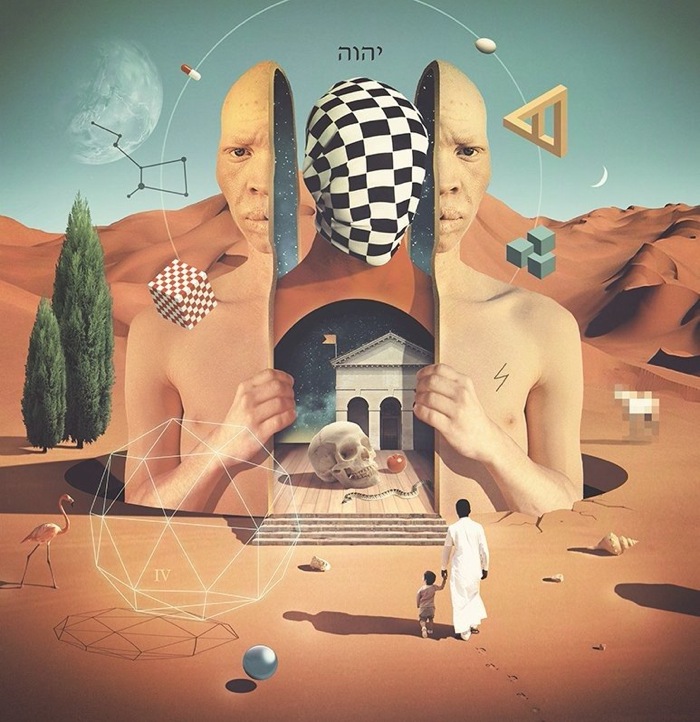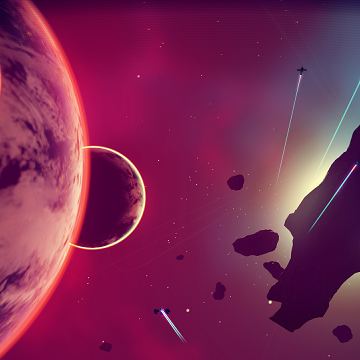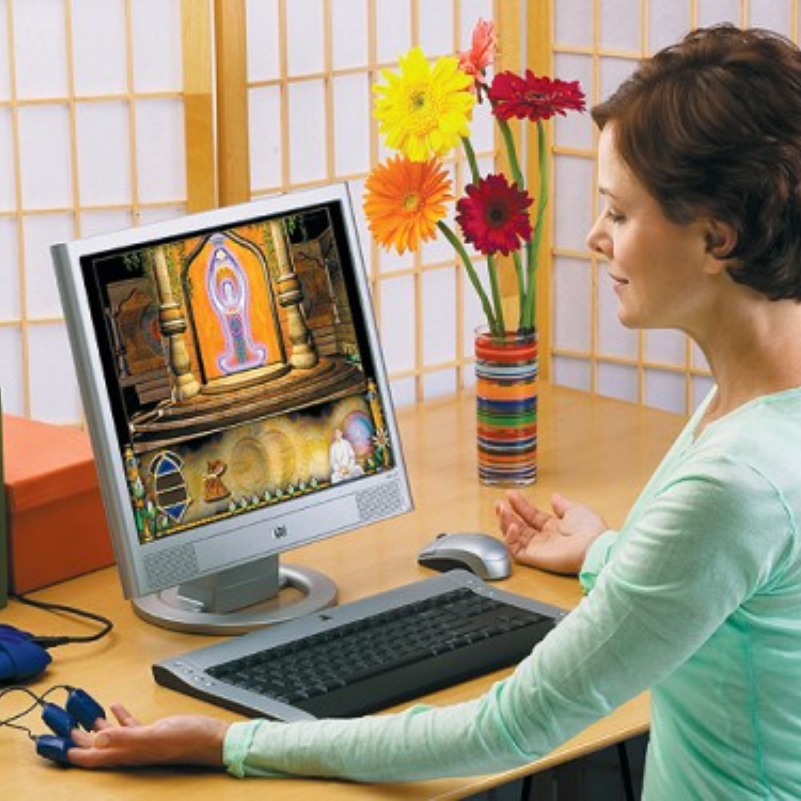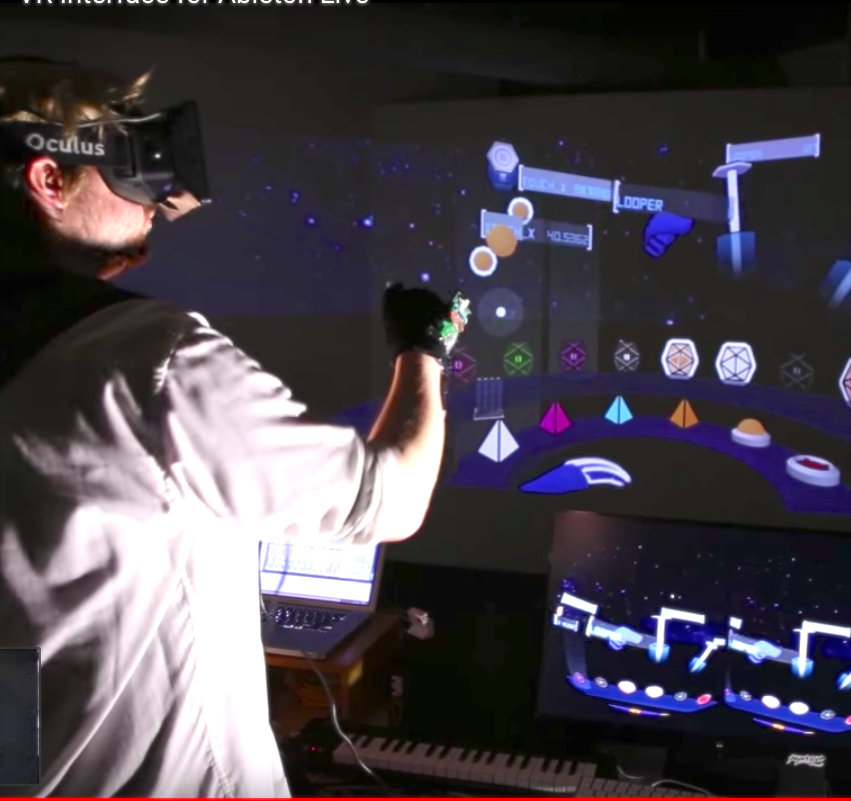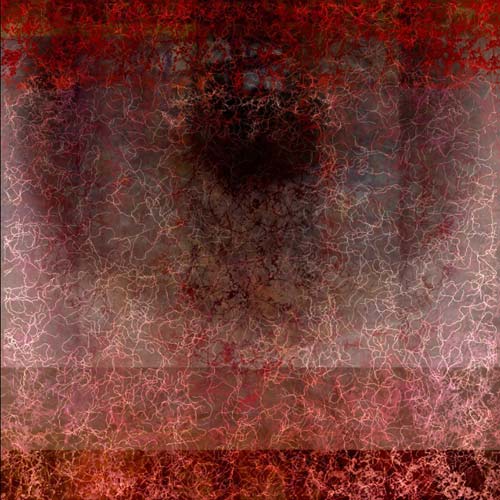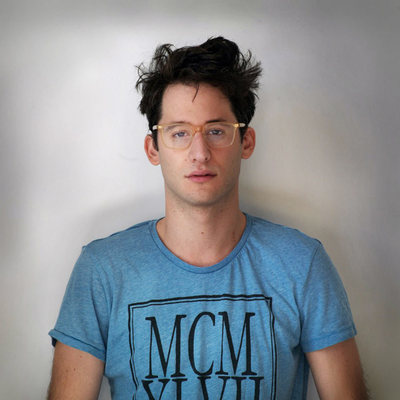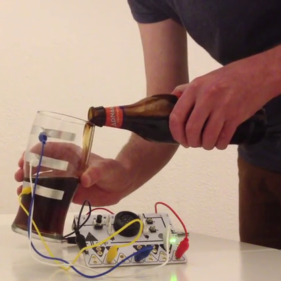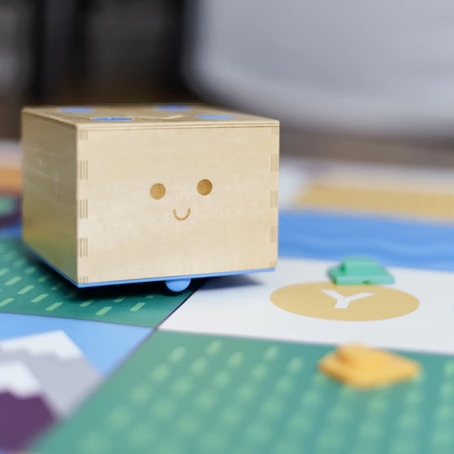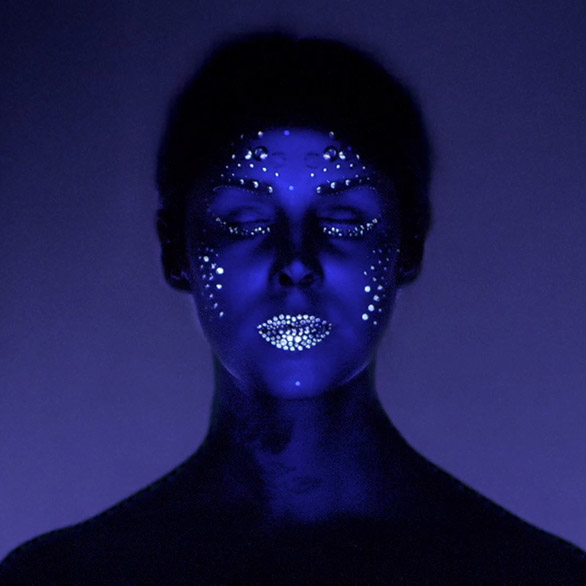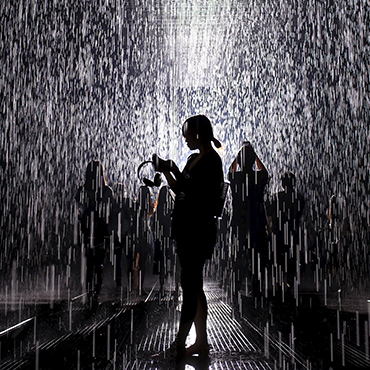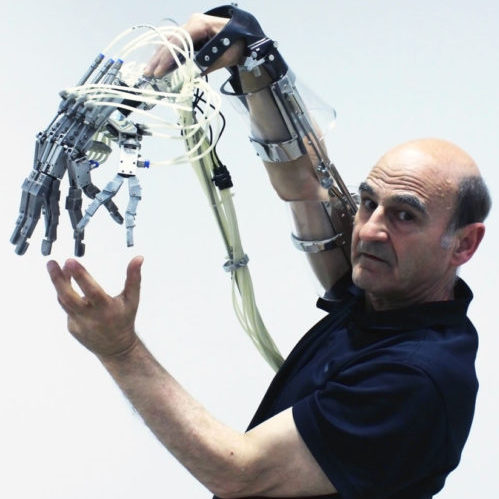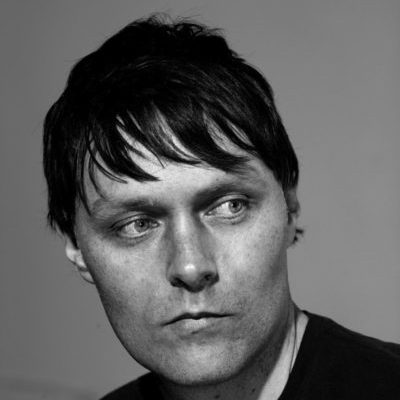The World Working With Tech
by: Freddie Corless & Leo Petrokofsky
Introduction
Dead drops were created, in 2010, by german born, Aram Bartholl, media artist from berlin as a way to annoymously share anything peer to peer without the use of the internet.
“Dead Drops’ is an anonymous, offline, peer to peer file-sharing network in public space. USB flash drives are embedded into walls, buildings and curbs accessable to anybody in public space. Everyone is invited to drop or find files on a dead drop. Plug your laptop to a wall, house or pole to share your favorite files and data. Each dead drop is installed empty except a readme.txt file explaining the project.” - https://deaddrops.com
The idea harbours the ideals of the internet but physicalizes the process. You no longer have to click links and download files from some unimaginable place in the ether of the world wide web. By creating a dead drop, sharing seems more communal, and maybe more relevant to the area it’s in. People are encouraged to upload anything they like to the dead drops, photos of themselves, share work, music, information.
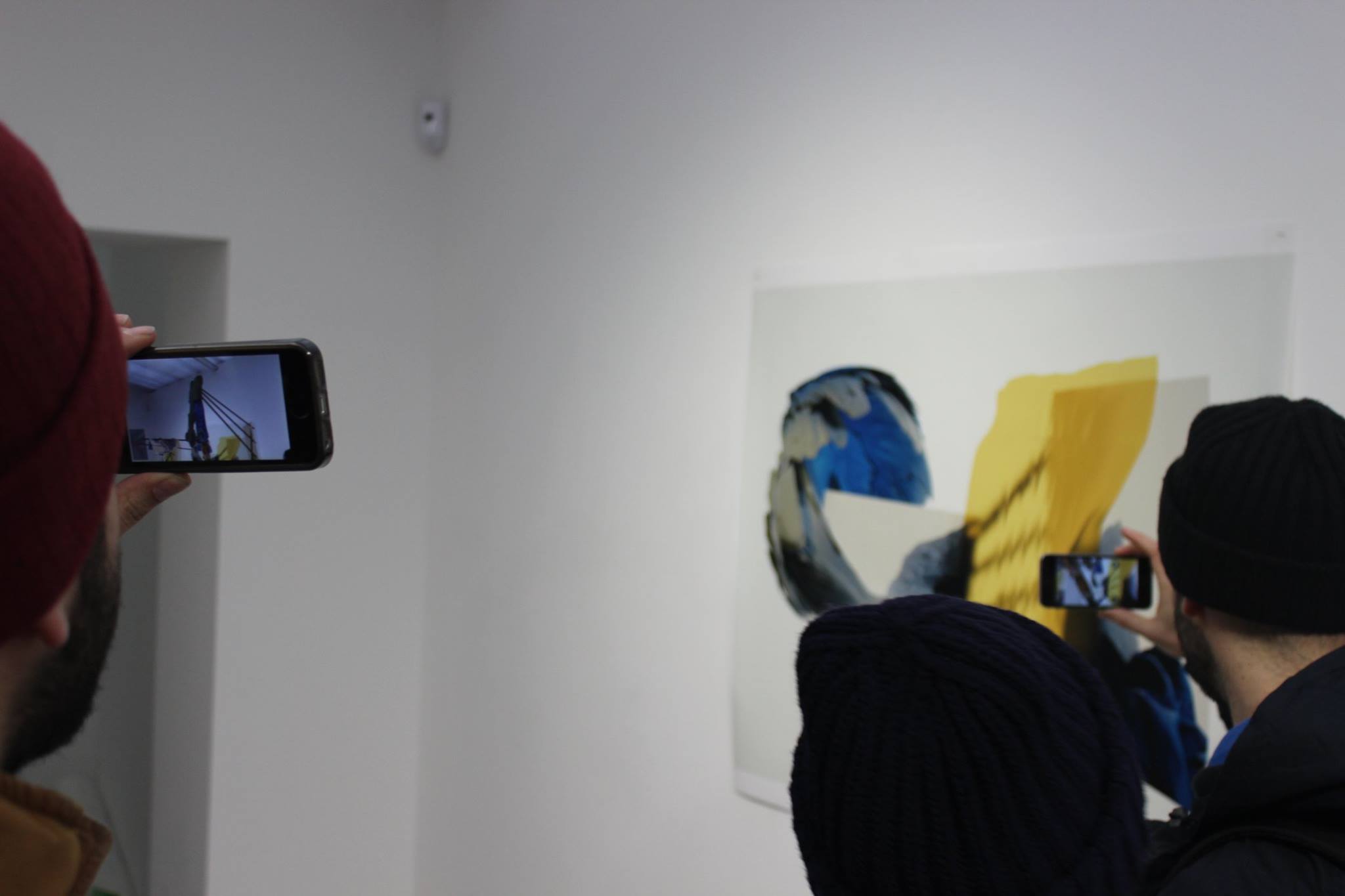

Augmented reality is a method in which our everyday tech can play a part in enhancing our world. Artist Raphaël Moreira Gonçalves uses this new tech to enhance art, to allow the viewer a secret window into the exhibitions, a sculpture can be more than a sculpture with and now everyday object like the a smart phone or tablet.
Augmented reality has also been used in games most notably recently in the pokemon go app, where users see a pokemon appear in their cameras field of vision, as if for a moment pokemon were real. Early games like the mobile phone app ingress, were quick to adopt the benefits of augmented reality. The game would turn every day streets and roads into territories and zones to be captured, kept, mined and so on. These kind of projects get people to look at their surroundings in a different way because of the physical side of it. Users having to engage with their surroundings, moving around and travelling rather than sitting in a chair at home.
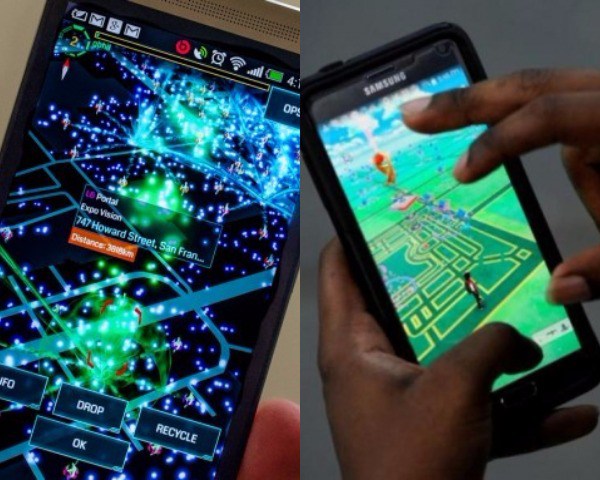

A very interesting example of this is a mobile game called zombie run! Where the user listens to a storyline, is told missions, all whilst hearing the sound of zombies chasing them, the only way they can get away is to physically move, walk, jog, run, away from incoming threat.
Artistic apps using AR are also becoming more common on the app store. One notable app is InkHunter which uses simple shape recognition on a smartphone camera and then overlays a pre-chosen design onto the position where the shape has been drawn. The idea was born in Ukraine by a team of software engineers participating in a 48 hour hackathon.
Another very interesting idea that has been developed is Modern Polaxis. It is an augmented reality comic book and app. Modern Polaxis is a comic book that has an accompanying app which scans and animates the drawings as you read along. The creator - Sutu - wrote, illustrated and animated the whole comic book before speaking to a programmer to see if his images could be recognised by an app which would then trigger the animation that he had for that frame.
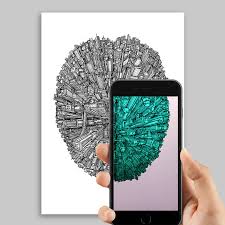

Both Modern Polaxis and InkHunter are part of the broader AR art field that can be enjoyed by all ages but seems to be targeted more towards a younger demographic. InkHunker especially since getting tattoos is becoming more popular among young people. hen they can tie in nicely with our creative project. Our project is going to involve interacting with dead drops which is also more commonly done by younger people. Including image recognition and augmented reality visual overlays to our project is something that I am interested in pursuing. It would be simple to add simple shapes around the dead drops that we use in our project which would allow users to interact with the element of our project which is meant to be at that specific point.
As part of my creative research I have been looking at procedural generation of both games and music. Procedural generation is a process by which data is created algorithmically rather than manually. In games this equates to large amounts of content and variation in gameplay whilst maintaining relatively small file sizes. In music, procedural generation is referred to as “generative music”, stylised by Brian Eno, and it equates to “music that thinks for itself”.
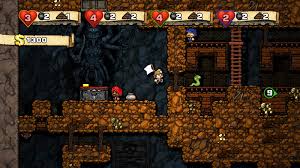

The platform game Spelunky, created by Derek Yu, is a very good example of a game that is very simple and relatively short that is kept interesting largely through it’s use of procedural generation. The game consists of only 7 levels but each stage is randomly generated meaning that no two playthroughs are alike giving the game lots of replayability. There are some more iconic games that have included procedural generation, such as No Man’s Sky, Minecraft and the Diablo series. However I was interested in spelunky as part of my research as I feel that the simple platform style will be more in line with the project that we will end up with.
Scape is a music app created by Brian Eno and Peter Chilvers that uses objects on the screen to trigger different sounds. The music created is generative as the systems relating to different objects all react differently with each other and when in different combinations.
Brian Eno and Peter Chilvers also worked together in 2008 to create the soundtrack to Spore, a game that was a sandbox evolution game which uses procedural generation to create a huge open-world. Our project is going to be based around a few South-East London locations. This could mean we end up with a limited project, so we are aiming to include a generative process in either the game or the accompanying music element so as to expand the scope of the project while still keeping it relatively local.
References
https://zombiesrungame.com
http://i1.wp.com/www.morningledger.com/wp-content/uploads/2016/07/pjimage-60-1.jpg
http://www.augment.com/blog/wp-content/uploads/2016/01/12593497_10153568139358692_4038404571732307849_o.jpg
http://static.messynessychic.com/wp-content/uploads/2015/01/pontdesarts3-930x697.jpg
InkHunter is an AR app for trying tattoos before you ink indelibly
http://www.telegraph.co.uk/men/fashion-and-style/11545649/Were-not-going-to-reach-peak-tattoo-until-2025.html
http://modernpolaxis.com/
http://www.wired.co.uk/article/brian-eno-peter-chilvers-scape


